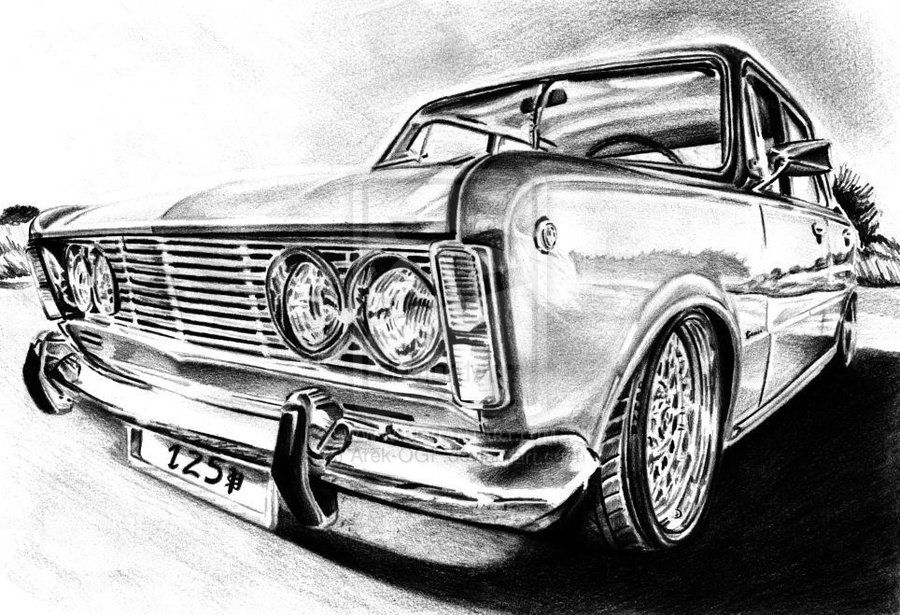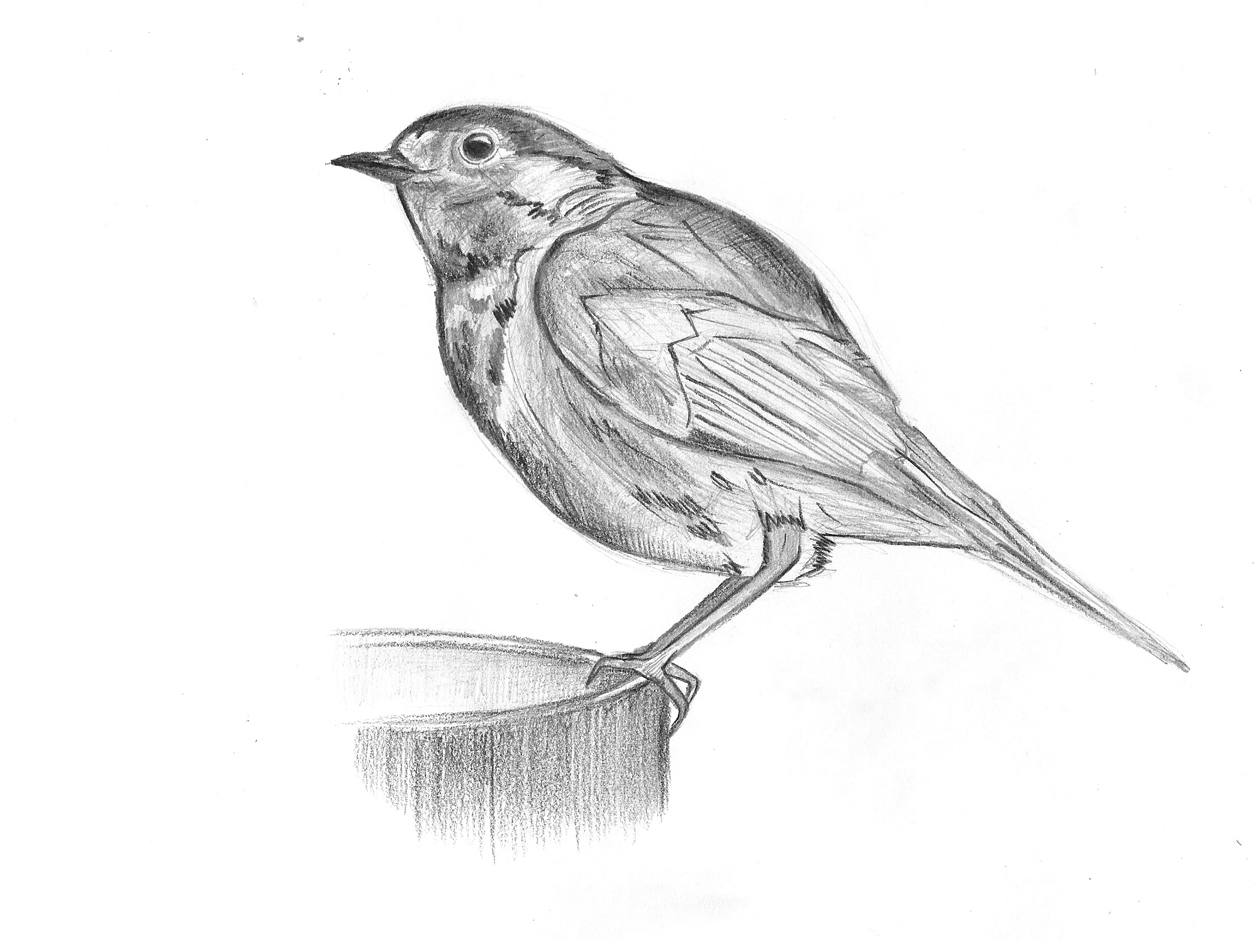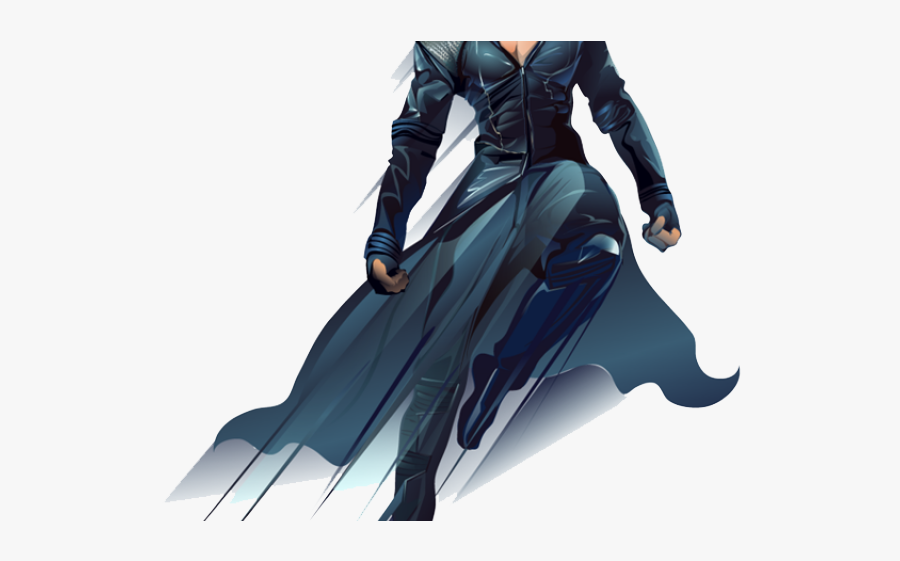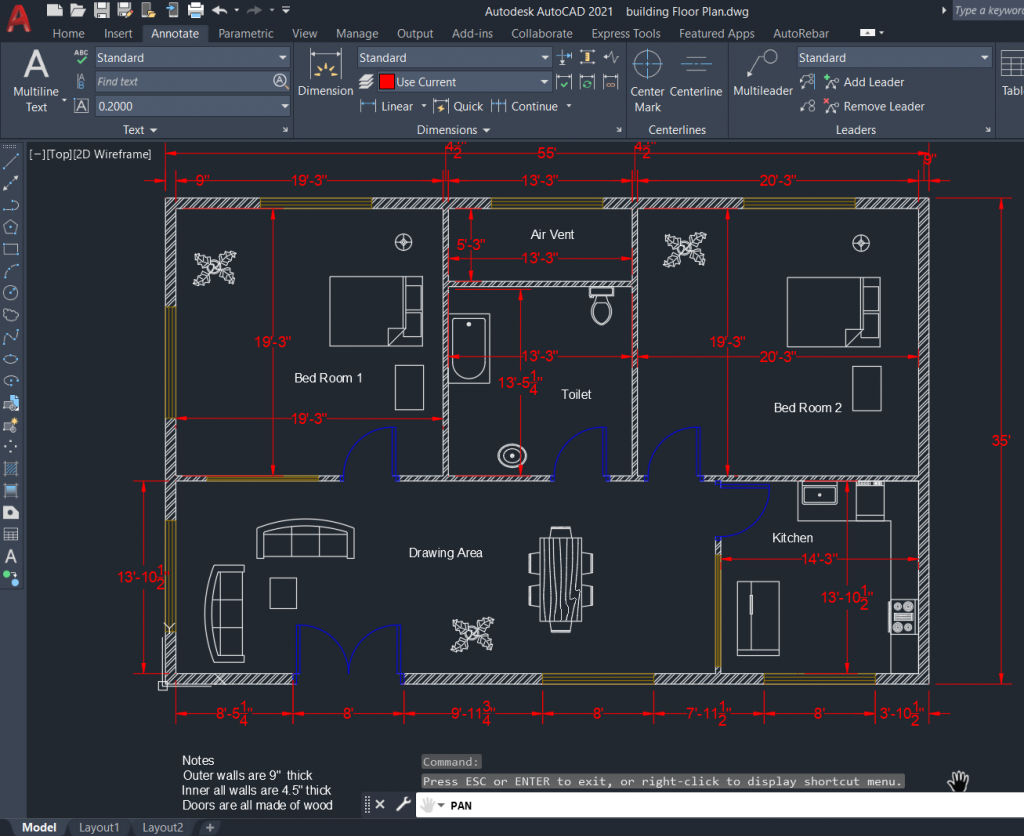Drawing likeness portrait artstation portraits
Table of Contents
Table of Contents
If you’re an artist looking to create realistic portraits, getting a likeness is essential. A likeness is what makes a portrait recognizable and unique to the subject. However, achieving a likeness can be a challenging task that requires practice and skill. In this article, we’ll explore how to get a likeness in portrait drawing.
The Pain Points
Many artists struggle with achieving a likeness in their portraits. It can be frustrating to spend hours drawing a portrait and still not capture the subject’s features accurately. Additionally, artists may worry about creating a caricature or exaggerating the subject’s features too much, which can result in an unflattering portrait.
The Answer
Getting a likeness in a portrait drawing requires a combination of observation, practice, and technique. One technique is to study the subject’s features carefully, paying attention to their unique characteristics. Artists should also practice drawing from life and using reference photos to hone their skills. Additionally, measuring and comparing proportions correctly is crucial to create a portrait that accurately represents the subject’s features.
Main Points
To get a likeness in a portrait, an artist should:
- Study the subject’s features carefully
- Practice drawing from life and using reference photos
- Measure and compare proportions correctly
Personal Experience
As a portrait artist, I’ve found that getting a likeness is all about attention to detail. One of my favorite techniques is to break down the subject’s face into shapes and compare their proportions to create a strong foundation. From there, I focus on the details that make the subject unique, such as their eyes, nose, and mouth. By studying these features carefully and practicing consistently, I’ve found that achieving a likeness becomes more manageable.
 The Importance of Proportions
The Importance of Proportions
Measuring and comparing proportions accurately is crucial to get a likeness in portrait drawing. Proportions refer to the relationships between different features of the subject’s face, such as the distance between their eyes or the width of their mouth. By identifying these proportions and comparing them to each other, artists can create a realistic representation of the subject’s face.
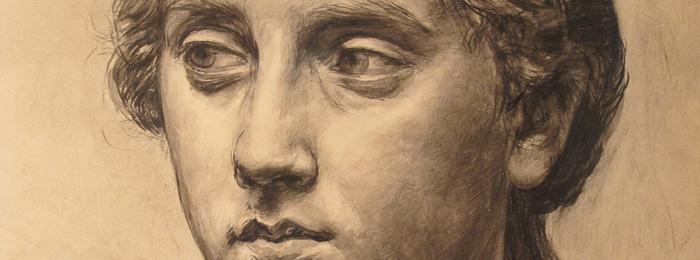 ### Techniques for Proportions
### Techniques for Proportions
Some techniques for measuring and comparing proportions include:
- Dividing the face into thirds or fifths
- Comparing the width of the subject’s features to each other
- Using a grid to map out the subject’s face
 Creating a Likeness with Expression
Creating a Likeness with Expression
While proportions are essential for creating a likeness, portraying the subject’s expression is also crucial. Facial expressions convey emotions and personality, and an accurate representation of these expressions can enhance the likeness in a portrait. Consider the subject’s facial muscles and how they affect the expression, such as the wrinkles around the eyes when smiling.
 Question and Answer
Question and Answer
Q: How long does it take to achieve a likeness in a portrait drawing?
A: Getting a likeness takes practice and may not happen overnight. Consistent practice and attention to detail will help you get closer to achieving a likeness.
Q: Can I use a reference photo when drawing a portrait?
A: Yes, using a reference photo can be helpful when practicing portrait drawing. Just be sure that the photo is of good quality and that you have permission to use it if it’s not your own.
Q: What if I’m still struggling to achieve a likeness?
A: Don’t give up! Continue to practice and study your subject’s features. You may also find it helpful to take a class or workshop to improve your skills.
Q: Is it essential to use pencil and paper when drawing a portrait?
A: No, you can use any medium you feel comfortable with, such as charcoal, pastel, or digital tools.
Conclusion
Getting a likeness in a portrait drawing is challenging but achievable with practice and skill. By studying the subject’s features, measuring and comparing proportions, and portraying their expression accurately, an artist can create a realistic representation of their subject. With consistent practice and attention to detail, achieving a likeness in portrait drawing becomes easier over time.
Gallery
ArtStation - Portrait Drawing: How To Get A Likeness | Tutorials

Photo Credit by: bing.com / drawing likeness portrait artstation portraits
ArtStation - Portrait Drawing: How To Get A Likeness | Tutorials

Photo Credit by: bing.com / likeness portrait drawing artstation
How To Get Likeness In Portrait Drawings? - Drawing Academy | Drawing

Photo Credit by: bing.com / drawings likeness portrait academy drawing drawingacademy
How To Get Likeness In Portrait Drawings? - Drawing Academy | Drawing

Photo Credit by: bing.com / likeness drawing portrait drawings paris fairs palaces their reference mentioned improve want when choose board palais
How To Get A LIKENESS In A Portrait | Sketching & Drawing In 2019

Photo Credit by: bing.com / likeness


